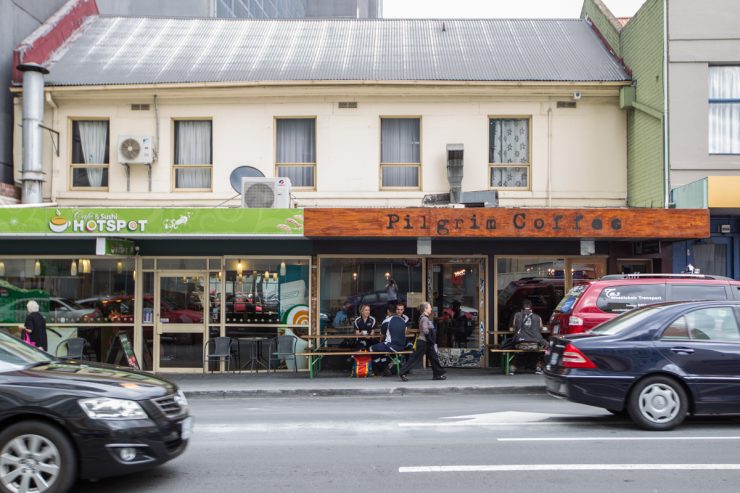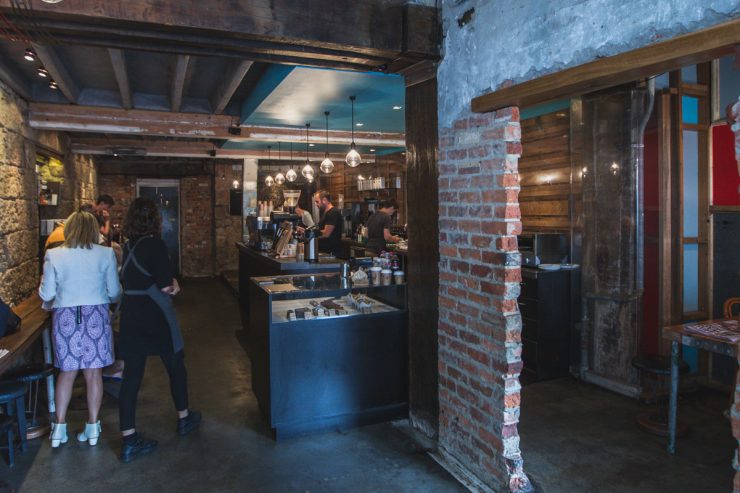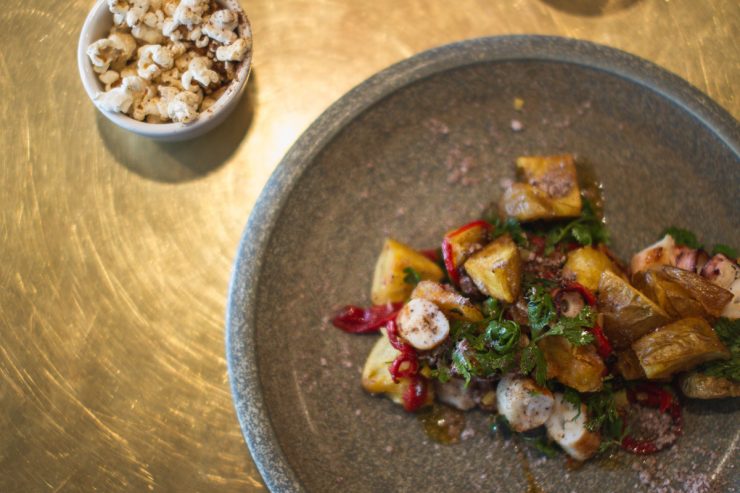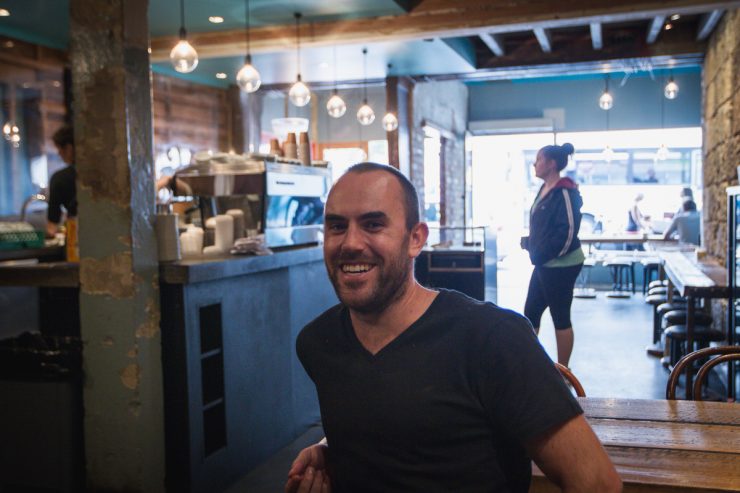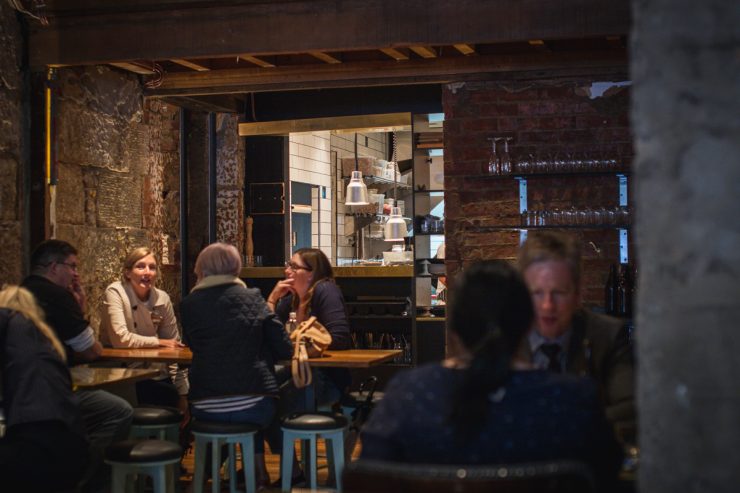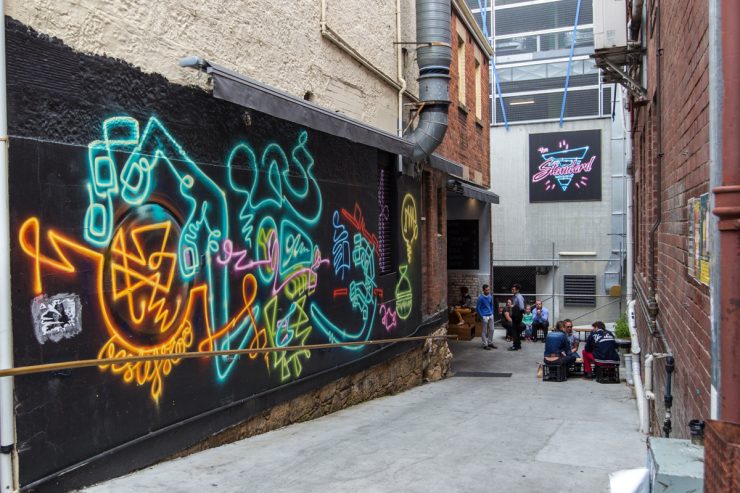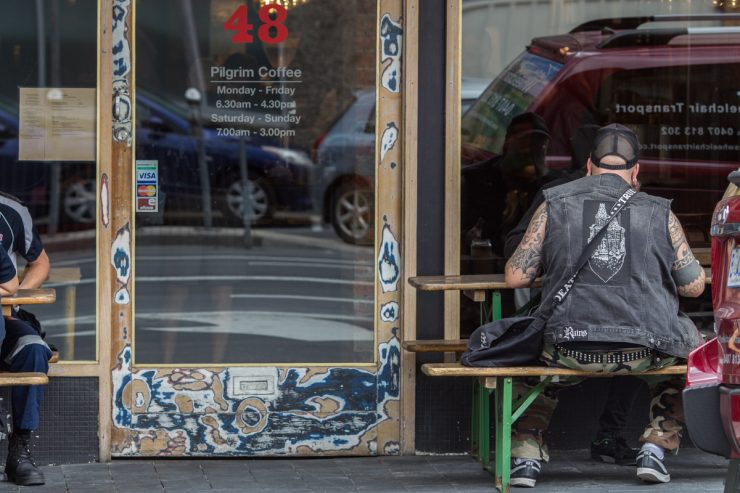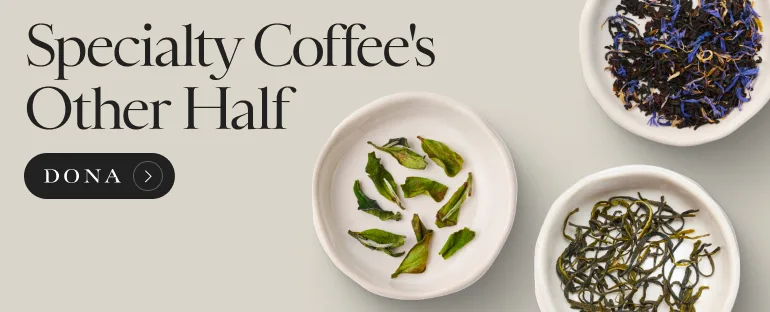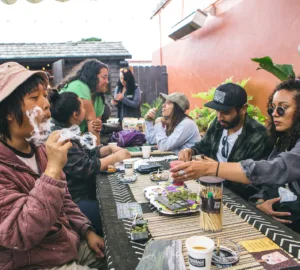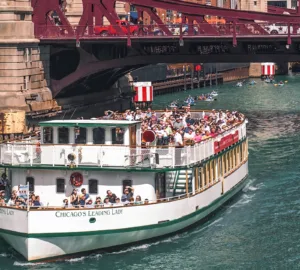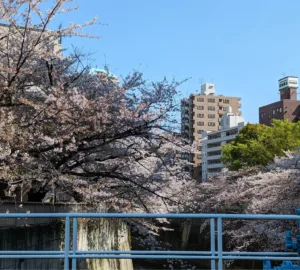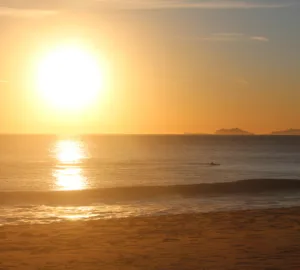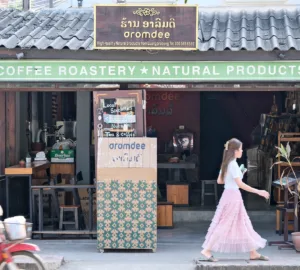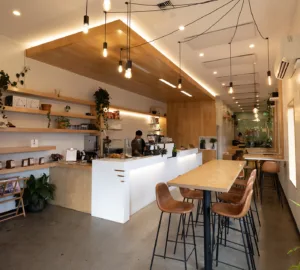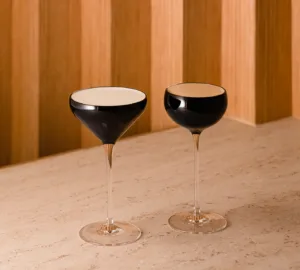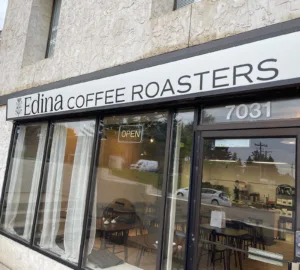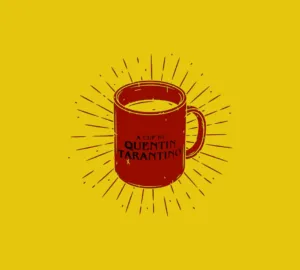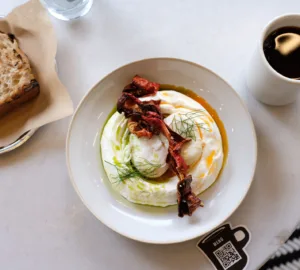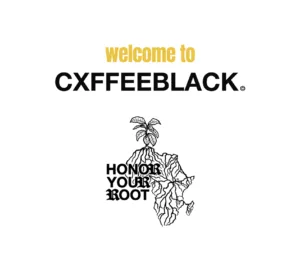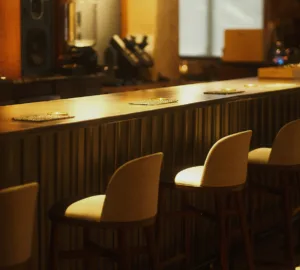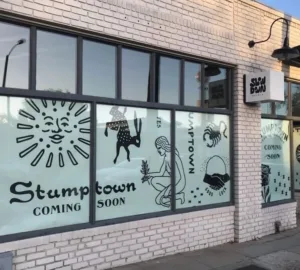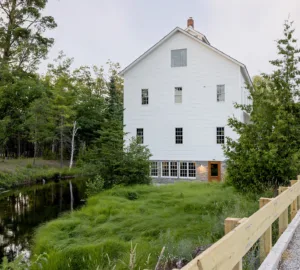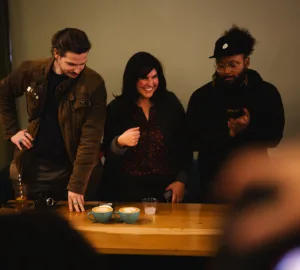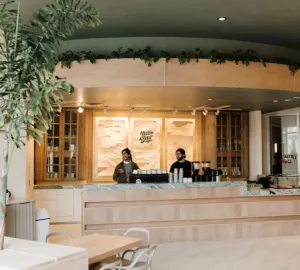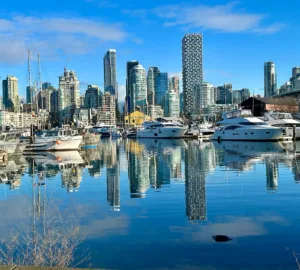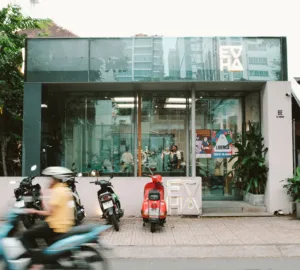Tasmania has long been something of a forgotten part of Australia, both to Australians living on the mainland and to visitors. The island, located off of the southeast tip of Australia, is roughly the size of Belgium andhas a population hovering around five-hundred thousand, with Hobart located in the south as its capital. Tasmania has a lot of space and not a lot of people, making it full of wilderness and fresh produce, and very different to the rest of Australia. Just like the rest of Australia though, it is a foodies paradise and has also developed its own coffee scene, where concepts of what sustainable small business models can be get tested and tried.
One of these is Pilgrim Coffee and its subsidiary businesses. Set up by Will Priestly, a seasoned barista competitor (2nd in the World Latte Art Championship 2010) and coach. The business has grown from a coffee bar to a full cafe, progressively expanding through one the building, to now also encompassing a burger joint (Standard), and soon to have a full bar with small plate menu.
The cafe has been opened in stages,—last time I was in Hobart it was only the front section: a coffee bar and some seating. Over the last two years Pilgrim have opened kitchen and expanded a second seating around, now adjoining the original and reserved mainly for dining.
The design is well thought out and allows for 80 covers, serving coffee from Sensory Lab, Small Batch, and Code Black. The food produced is locally sourced, the bread is baked onsite, and the mince for the burgers is prepared daily by a Californian chef—for me, it’s the best American style burger you’re going to get south of the equator.
I caught up with Will Priestly over a coffee to see what he has been up to since I last saw him two years ago.
Hobart is a small city and yours is one of the busiest cafes. How does your business model compare to models in larger cities?
We do about an average 600 cups a day and up to about 700 on a really busy one. What we do have here is a really good model for a cafe in a smaller city. Cause we’ve gone into a building that was ruined, it’s in a central location opposite a hospital, the police headquarters and as its not a big city the rent is what you would have to pay to get a space a quarter of the size in a side street in Melbourne.
When I moved back in 2011 I was going to get this unit or nothing else as this is Hobart’s socioeonomic centre. You’ve got the doctors, the ambo’s [ambulance workers], the university, hospitality school, and the lawyers all within a few blocks of each other.
I managed to get the secondhand book shop which was here and really run down. So much so that people told me I was crazy. We did up the first section which you would’ve seen. I opened and we sold 400 cups on the first day and everyone shut up.
The current model for a successful cafe, especially in Australia, is full service. Great coffee, great food, great alcohol—a complete package. How do you see the model of combining several different businesses into one operation?
It’s a little bit of a spatial intergration: with the expansion of the kitchen and then the burger shop we’re allowed to have a baker starting with us in a week. This is going to be shared between here and our new shop saving us a chunk of cash every week. I got taught this by an old boss of mine that if you have a great spot, a great fit out, and a great product, great service—what [else] is there? We get great coffee and tea, all produce comes locally, our meat is free range. We try to do the best with what we can. I think recently though, we have had some great cafes opening in Hobart, which is great and keeps the pointy end of the triangle going.
What do you think about roasting for yourself?
Look, I think anyone can turn beans brown, but roasting properly is a lot harder then people assume. There’s been a craze of roast yourself. I’m friends with some of the country’s best roasters, so why would I do a half-ass job myself?
I think also, it works for me focusing on extraction—because we are only doing 600 cups a day we are able still to do things like use only an EK[43 grinder], waste almost no coffee, and use a lower dose to get more out of the coffee.
So what are your thoughts on coffee and where it’s going to go next?
Coffee is really fun down here. I don’t know if you’re aware Tasmania has got some of the world’s cleanest water. It hits the mountains on the west coast and runs down into Hobart. It’s fun cause we get to cheat with all our extractions. We get the clean water, which then runs through the old copper piping in the building which are calcium-encrusted. Where it picks up 90 to 100 parts per million in calcium which is great for extracting coffee. So we get really soft water which is high in calcium at the optimum parts per million and that comes out of the spigot. We get heaps of people coming from the mainland cafes and roasters from Melbourne saying “oh the coffee tastes so much better down here.” We get to cheat, it’s fantastic.
But in all fairness, what I think is important, is that we start learning from other industries. Coffee people—and this includes myself—are so pig-headed. If you look at all fermented beverages, we are the only fermented beverage that doesn’t control what yeast we use. I think if we put enough attention into it we could bring in coffees which are on the 70% scale going to commodity, up to specialty and help the farmers have a better life.
Victor Frankowski is a founder at DunneFrankowski and a Sprudge contributor based in London. Read more Victor Frankowski on Sprudge.
All photos by Victor Frankowski for Sprudge.com











